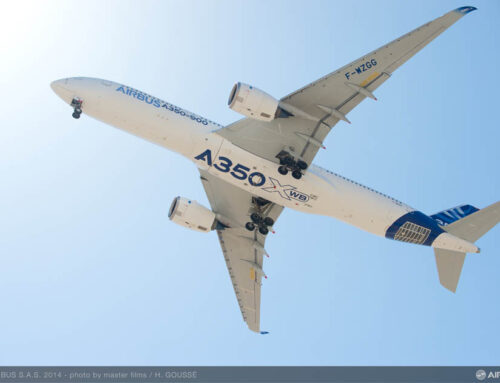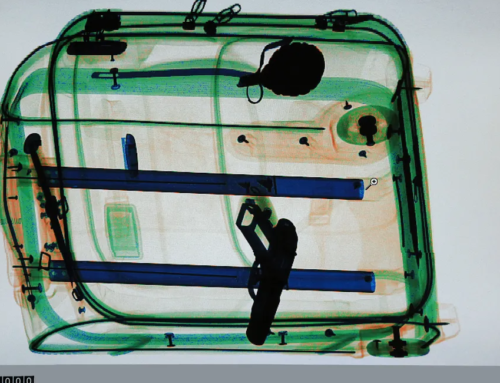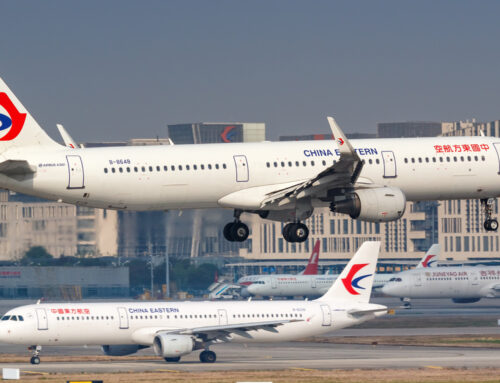
Following the recent 737-9 Max incident, among others, mass media reports have frequently contained inaccuracies and displayed a fundamental misunderstanding of the nature of aviation incidents, which are, in fact, quite common. It is essential to acknowledge that modern aircraft are developed and operated with the highest safety standards in mind. Built-in fail-safe mechanisms are deliberately designed to reduce risks, aiming to lessen any potential effects on passengers and crew in the unlikely event of a malfunction.
The NTSB Chair Jennifer Homendy remarks come at a time when many in the industry feel that routine aviation incidents are being blown out of proportion by the media. For example, a United flight that returned to the gate due to a mechanical issue was reported by the San Francisco Chronicle, despite such occurrences being fairly common and rarely noteworthy.
The challenges faced by Boeing have spotlighted the critical importance of risk management and safety protocols within the aviation sector and beyond. The story extends far beyond the incidents themselves, offering valuable insights and lessons for health and safety professionals, as well as risk managers in various industries. This journey underscores the significance of continuously evolving safety practices and the need for an industry-wide commitment to maintaining the utmost standards of risk management.
Fail-Safe Aircraft Design
Fail-safe design is an advanced approach that builds upon the principles of the safe-life concept, aiming to enhance the reliability and safety of various systems, particularly in the aerospace sector. While the safe-life design philosophy focuses on ensuring that a system or component can operate safely for its expected lifespan without failure, fail-safe design takes this a step further. It incorporates strategies to ensure that, in the event of a failure, the system remains operational or fails in a way that minimizes risk and damage.
In the context of regulatory oversight, particularly within the United States Air Force (USAF) and the Federal Aviation Administration’s (FAA) Part 25 regulations for commercial transport aircraft, fail-safe design is recognized and employed. However, it’s important to note that it is not considered a stand-alone design methodology. Instead, it is integrated with other safety and reliability philosophies to create comprehensive frameworks that ensure the highest levels of safety in aircraft design and operation.
A Pattern of Safety Oversights
The narrative around Boeing’s recent issues, including a Boeing 737-800 landing without a section of its fuselage in Oregon, an Alaska Airlines flight losing a cabin door, and a Boeing 787-9 Dreamliner experiencing sudden altitude loss, paints a picture of the multifaceted risks inherent in aviation. These incidents are not isolated but indicative of broader systemic issues, underscoring the importance of continuous vigilance in quality assurance and safety protocols.
The Dynamic of Regulatory Oversight
The interplay between the Federal Aviation Administration (FAA) and Boeing highlights the balance between regulatory frameworks and corporate governance in ensuring safety. The FAA’s enforcement actions and Boeing’s subsequent strategic adjustments serve as case studies in addressing and rectifying safety and quality management lapses, emphasizing the role of both external oversight and internal commitment to safety standards.
Stakeholder Trust at a Crossroads
At the heart of these incidents is the challenge of maintaining stakeholder confidence—a task that becomes increasingly difficult with each reported failure. The erosion of trust not only affects Boeing but serves as a cautionary tale for other entities about the repercussions of not adequately managing risk. Transparency, accountability, and a proactive stance on safety are essential to restoring and maintaining this confidence.
Cultivating a Safety-First Culture
Boeing’s situation underscores the imperative for an organizational culture that places safety and quality at its core. This means going beyond compliance to actively seeking opportunities for safety enhancements. It also highlights the need for clear communication and trust-building with all stakeholders, reinforcing the notion that a genuine commitment to safety can significantly influence public perception and trust.
The Importance of Systemic Thinking in Risk Management
Boeing’s challenges remind us of the necessity for a holistic approach to risk management. Systemic thinking, which involves understanding the interconnectedness of various operational components and their potential impact on safety, is crucial. It’s about recognizing that effective risk management requires a comprehensive view of an organization’s operations and a continuous effort to mitigate risks.
Universal Lessons in Risk Management
While Boeing’s experiences are deeply rooted in aviation, the lessons extend far beyond. They offer valuable insights into the importance of robust risk management systems, the ongoing pursuit of safety excellence, and the cultivation of stakeholder trust. For health and safety professionals, these lessons reinforce the need for continuous improvement, rigorous safety standards, and open engagement with stakeholders about risk management practices.
Boeing’s path through these turbulent times serves as a powerful reminder of the critical role that risk management plays in ensuring safety across industries. It illustrates that, regardless of the field, the principles of thorough risk assessment, commitment to safety, and transparent communication are fundamental to navigating challenges and maintaining trust.
Related air safety news: https://www.airguide.info/category/safety/
Sources: AirGuide Business airguide.info, bing.com, shponline.co.uk







